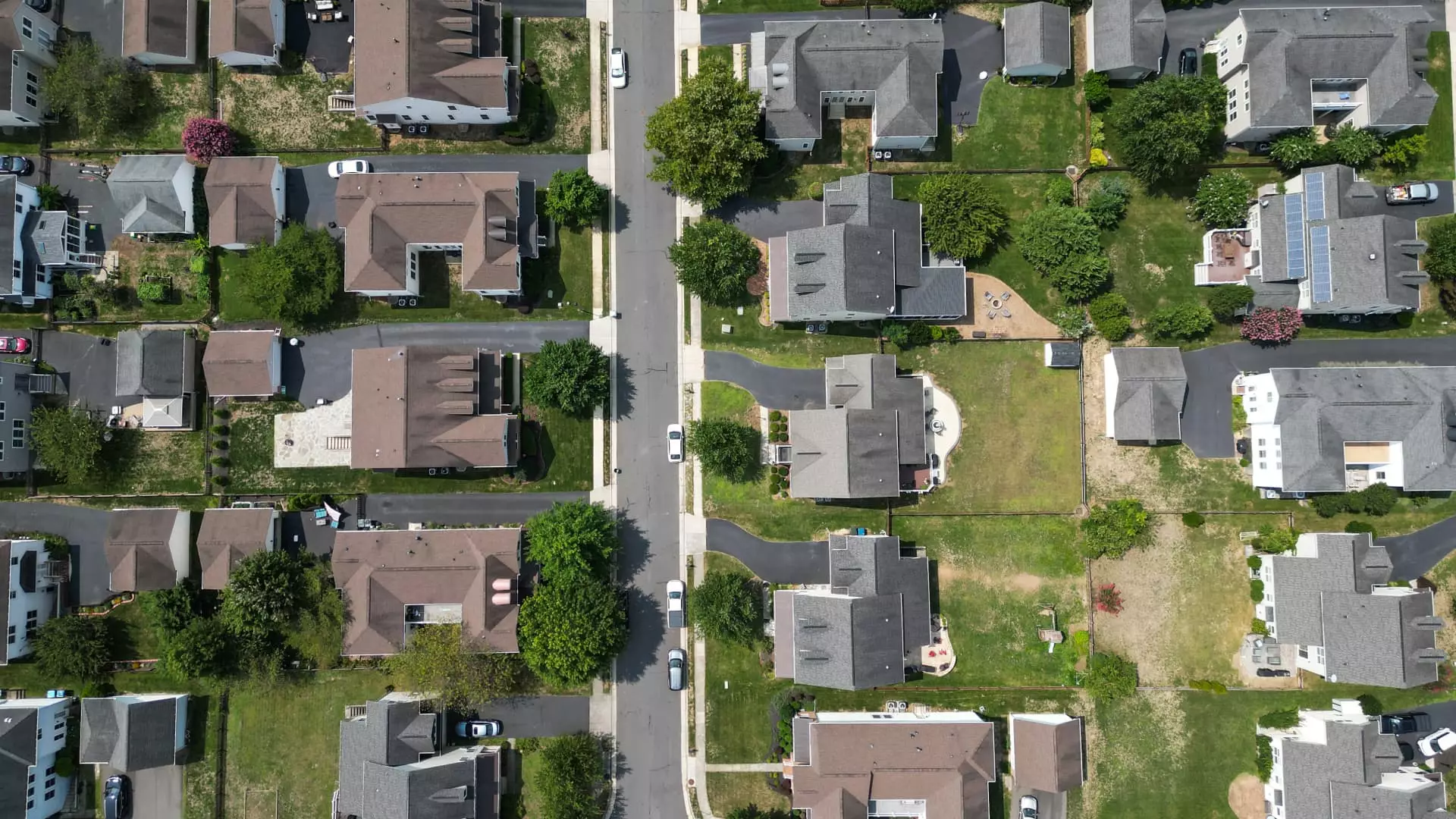In recent weeks, the mortgage landscape has faced notable challenges, evidenced by a significant decline in mortgage demand. Last week, application volumes fell by 6.7%, marking the lowest point since July, as reported by the Mortgage Bankers Association (MBA). This decline is noteworthy, especially considering the relative stability of mortgage interest rates during this period, which remained unchanged despite the drop in demand. The total mortgage application volume signals a shift in market sentiment, with many potential borrowers seemingly reluctant to engage in new mortgage commitments.
A deeper analysis of refinancing applications reveals an even steeper decline of 8% from the previous week. Despite this downturn, it’s important to highlight that refinancing demand remains elevated compared to the same period last year—90% higher, to be exact. This year-over-year comparison underscores the changing dynamics of mortgage rates; a year ago, rates hovered around 8%, compared to the current average of 6.52% for 30-year fixed-rate mortgages. Such comparisons demonstrate the fluctuations in borrower behavior and the impact of interest rates on refinancing decisions.
While refinancing continues to dominate in terms of volume, the purchase market is also showing signs of stagnation. Applications for new home purchases have decreased by 5% week-over-week, with only a marginal increase of 3% compared to the same week last year. This slower pace in the purchasing segment can be attributed to several factors, including rising home prices and shifting buyer sentiment. Even with lower interest rates than the previous year, potential buyers may feel sidelined by the current high property prices and are therefore adopting a cautious approach in their home-buying decisions.
Real estate professionals point to a potential wait-and-see attitude among buyers, especially in light of upcoming political developments, such as the presidential election. This uncertainty likely contributes to the slow pace of home purchases, as buyers are weighing their options against the backdrop of fluctuating market conditions. Joel Kan, an economist at the MBA, indicated that there has been some easing in home price growth and an increase in for-sale inventory, which could provide more favorable conditions for buyers in the near term.
As the week commenced, there were indications that mortgage rates might be poised for a turnaround. Reports noted a sharp increase in the average rate for 30-year fixed mortgages, which surged 14 basis points on Monday alone, reaching levels not seen since July. This upward trend in interest rates could further complicate the borrowing landscape, potentially prompting a reevaluation of buyer strategies and lender offerings in the months to come. With fluctuating rates and uncertain demand, the housing market remains in a delicate balance, necessitating close attention from both buyers and financial institutions alike.
As mortgage demand faces headwinds, understanding the interplay between interest rates, seasonal trends, and buyer psychology will be crucial for stakeholders navigating this evolving landscape.

